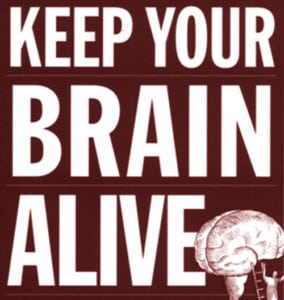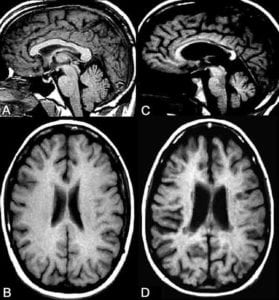Introduction
This Straight, No Chaser post addresses considerations related to end of life decision making.
I’m not talking about anyone’s fictitious “death panels.” What I’m describing are the legal tools at your disposal that enable you to control the circumstances surrounding your death. It needs to sink in: at any age your life could be at risk, and at any age you could die. When your life is threatened, if you have specific desires, someone will need comply with decisions you have made. It could happen today. You need protect yourself – now. You’re much more protected having declared your interests and desires than not. Read on.
Advanced Directives

Simply put, advance directives should result after a thoughtful conversation between you and your loved one(s) and subsequently with your healthcare provider. Advance directives document your preferences on what specific decisions should and shouldn’t be made in an effort to save your life or allow your life to end. Here are some of the decisions covered by advanced directives. They don’t all have to be addressed. You may just include the ones of interest to you, leaving discretion to your physicians and/or family just as may have occurred, say, when you weren’t in a coma.
Items to Consider

- Do you care to be intubated? The use of breathing tubes to either protect your airway or breathe for you when you’re unable to is a big deal. The decision to accept or forego this might be an immediately life-prolonging or life-ending decision.
- Do you care to have advanced cardiac life support in the event that your heart either stops or is unstable? As with intubation, there’s an immediacy to this decision that’s better addressed in a moment of quiet reflection than in the emotion of crisis.
- Do you want transfusions of blood or other blood products? Some religions have strong declarations on the topic. If you haven’t made your decision not to receive blood known in a legal document, and you are unable to express that decision in a life or death situation, physicians will try to save your life with an infusion. They will not adhere to your choice, because they won’t know what it is. That scenario doesn’t have to happen.
- Do you want “every possible thing done for you,” or might there be a limit in the face of perceived medical futility (i.e., minimal chance of any success)? Basically, this question gets at whether you’d like to go in peace or in a blaze of resuscitative glory and heroic effort.
- If you’re in the midst of a terminal illness and/or are comatose with no perceptible chance of recovery, will you want medicines and treatments (such as dialysis to remove toxins from your body) to ease pain and suffering, or will you want to be allowed to die?
- Will you want the medical staff to feed you if you can’t feed yourself?
- Will you want to donate your organs?

As you can see, these are serious questions to consider. I’d hope you’d agree they are worthy of conversation well in advance of a tragedy. In our next post, I’ll discuss some related logistical considerations around end-of–life care and decision-making. I hope this has you thinking and planning on having important conversations.
Follow us!
Ask your SMA expert consultant any questions you may have on this topic. Also, take the #72HoursChallenge, and join the community. Additionally, as a thank you, we’re offering you a complimentary 30-day membership at www.72hourslife.com. Just use the code #NoChaser, and yes, it’s ok if you share!
Order your copy of Dr. Sterling’s books There are 72 Hours in a Day: Using Efficiency to Better Enjoy Every Part of Your Life and The 72 Hours in a Day Workbook: The Journey to The 72 Hours Life in 72 Days at Amazon or at www.jeffreysterlingbooks.com. Another free benefit to our readers is introductory pricing with multiple orders and bundles!
Thanks for liking and following Straight, No Chaser! This public service provides a sample of http://www.SterlingMedicalAdvice.com (SMA) and 844-SMA-TALK. Likewise, please share our page with your friends on WordPress! Also like us on Facebook @ SterlingMedicalAdvice.com! Follow us on Twitter at @asksterlingmd.
Copyright © 2018 · Sterling Initiatives, LLC · Powered by WordPress















